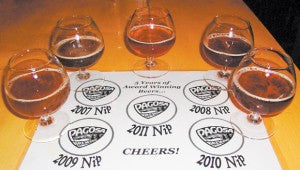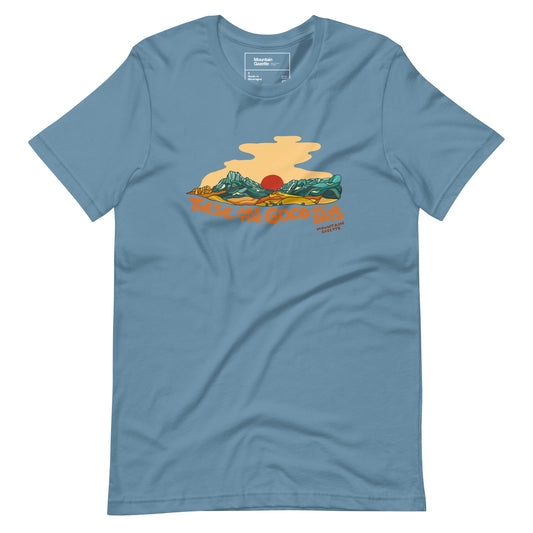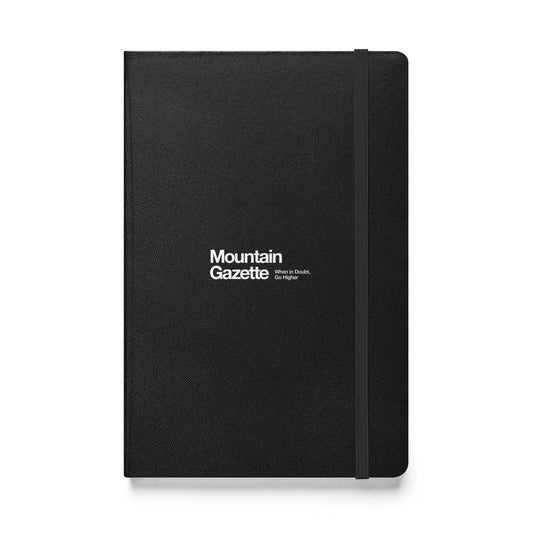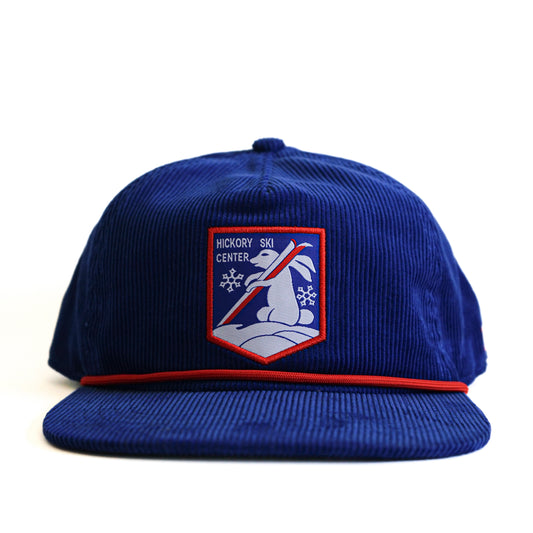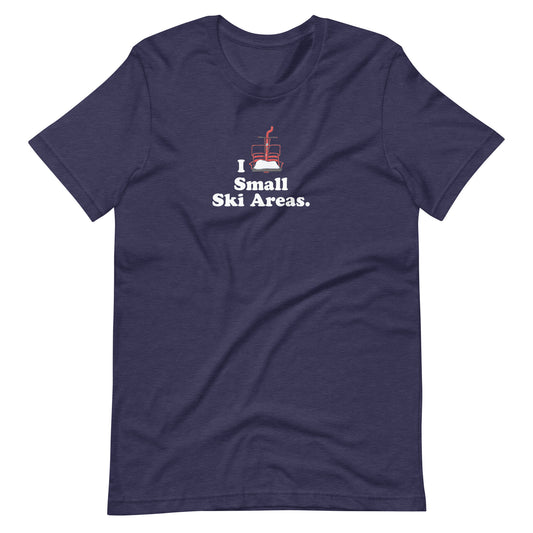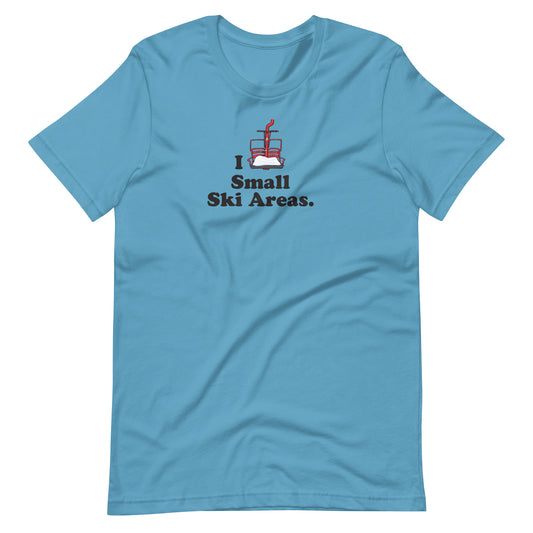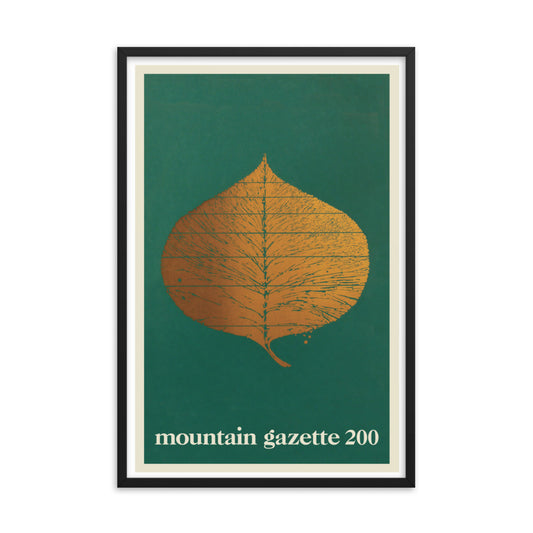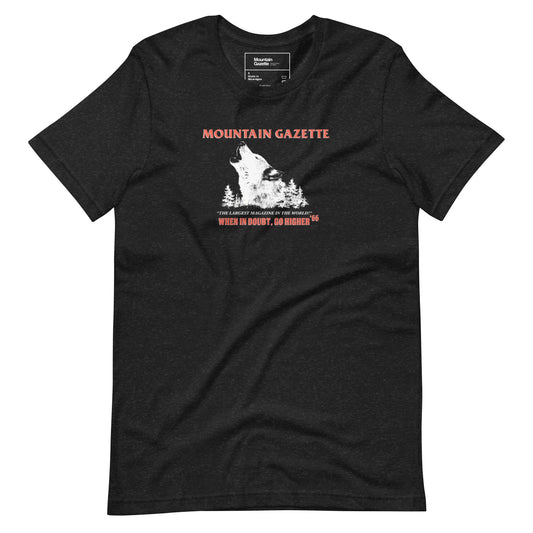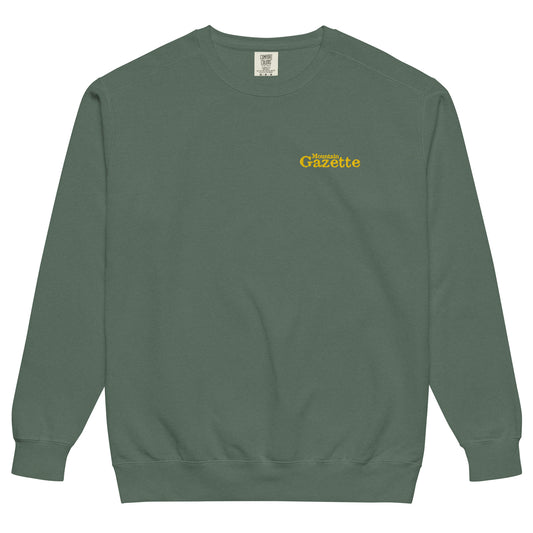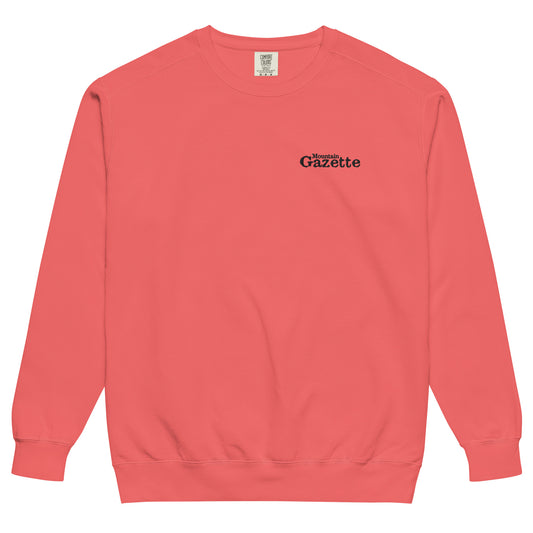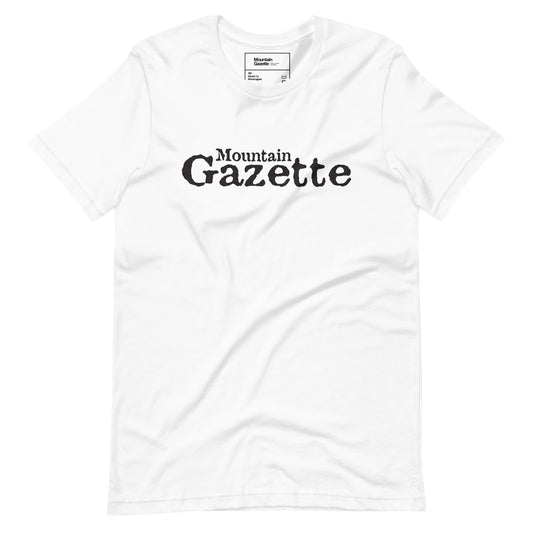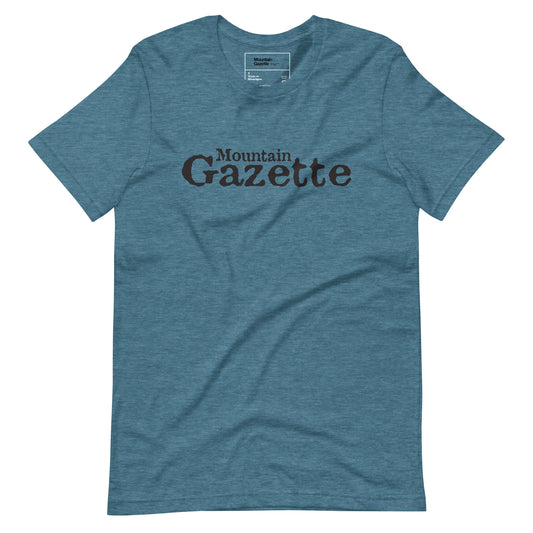Style. It’s how we define ourselves. It is also a fine method of establishing a common ground on which to meaningfully discuss beer. Tucked under the category of Strong Ales* lie three of the most beguiling and gnarly of all the creations in brewdom — the elusive Strong Ale (discussed in MG #184) and the fraternal twins of British- and American-style barleywine. As the name implies, these concoctions are created using an enormous amount of malted barley, which allows the final product to finish with an alcohol level akin to beverages produced from the fruit of the vine. British-style varieties feature an intense malt body and bready sweetness, with extended aging leaving a characteristic dried fruit signature on the palate.

American varieties add piles of high-test domestic hops to the equation, aiming for a full-throttle mix of heat from the booze, sweet from the malt and a citrus hop rip to finish. Born brash and bold, subtlety of flavor comes with age for barleywine. The high level of alcohol and heavy hopping rates allow the potion to weather the ravages of time. Where a lesser brew will lose body and flavor complexity, the slow magick that yeast and malt begat in barleywine evolves over time, changing the flavor in a strange and persistent manner. Sharp hop notes and cloying sweetness may dominate a young brew, but the same bottle a few years later may exhibit sherry or port-like notes, with a moderate sweetness balanced by a subdued dryness from the hops. Barleywine is meant to be savored, and is best served on a cold winter evening where the stars shine hard and bright like diamond nails hammered into the midnight of heaven, and the icy light of the full moon echoes from the stellar blue blanket of snow covering the peaks around you.
A celebration of all things barleywine occurs in Vail on the 5th of January when the 12th Annual Big Beers, Belgians, and Barleywine Festival takes place at the Vail Cascade Resort and Spa. Featuring the “A” list of commercially produced beer over 7% ABV, paired with dinners, seminars, tastings and a home-brewing competition, this event is the festival to attend to experience all that is happening with high-gravity brewing today.
If you are lucky enough to ride at Wolf Creek this winter, do not miss the chance to stop at Pagosa Brewing Co. in Pagosa Springs, Colorado. Doing this prior to or après soaking in the hot springs is your choice, but either way, a glass of the gold-medal-winning Nipple Mountain Nip barleywine ale is required. Brewed each year, the 2011 release is in the American-style and comes in at 10.5% ABV. To celebrate its 5th anniversary, brewer and owner Tony Simmons tapped kegs of the “Nip” from each of the five years he has produced it as a commercial brewer, and offered this side-by-side in a vertical tasting event that was a privilege to attend. Some of these prior-year releases may survive through ski season and should be asked for at the bar. Tawny, dry flavors of raisins and fig came through in some, with toffee and sweetness lingering in others. The 2008 was particularly well rounded, with each year exhibiting remarkable vitality in body and flavor complexity despite their age.
On a larger craft-brewed scale, the wizards at Full Sail Brewing Co. in Hood River, OR, have released the 2011 batch of Old Boardhead Barleywine Ale. Prominently featuring a bold palate of Pacific Northwest hops, the Old Boardhead is a heady hop treat to pour in the glass now, and should develop nicely if stashed in the cellar. In particular, the bright, faintly metallic notes from centennial hops accent the caramel flavor of the malts, and while tasting it, the thought of examining the changes that occur in the bottle to be opened next year is intriguing.
Head brewer Alan Simmons (no relation to Tony) at the Backcountry Brewery in Frisco also brews an American-style barleywine, which he named after the “beater” van that has proudly served as the Backcountry Brewery distribution workhorse since its inception. The Olde Beerwagon Barleywine is modeled after a West-Coast-style brew and features big-hop notes to balance the 10% ABV. Alan also has 50 gallons of the ’wine aging in an oak bourbon barrel and set for release during the ski season this winter. Aging in bourbon barrels imparts a lot of character to a beer, rendering vanilla and smoke components from the toasted oak itself, along with a solid dose of bourbon esters from the liquor remaining in the wood.
*All style references in this column are based on the Beer Judges Certification Program (BJCP) Style Guidelines found here: http://www.bjcp.org/stylecenter.php
Erich Hennig lives in Durango, CO. He is an avid home brewer, a hobby for which he was recently awarded “Area Man” status by the local newspaper. Further musings about all things beer in and around the San Juan’s can be found at beerat6512.blogspot.com

